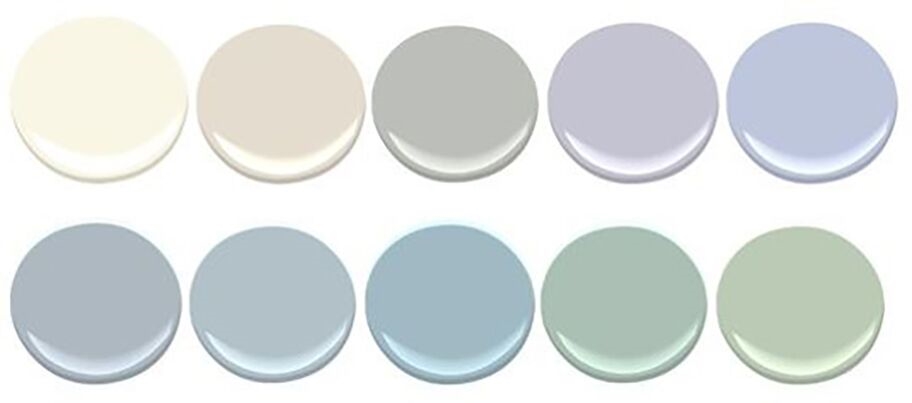5 tips to quickly freshen up your practice with paint

Looking for a fast and inexpensive way to refresh your hospital’s interior design? The experts at Animal Arts and authors of the award-winning book, Practical Guide to Veterinary Hospital Design, share five top tips. Photo credit: © Posh Pooch Portraits. Courtesy of Adobe Animal Hospital, Los Altos, California.
1. Consider the animals
Everyone has a favorite color, but did you know that colors that appeal to you may appear dull or visually jarring to animals? This is important to consider when painting your veterinary hospital to cater to both your clients and your patients. For example, the human eye is most attracted to the color red and associates it with strong emotional feelings as well as active thought processing. Following along this end of the spectrum, orange and yellow are happy associative colors that can brighten a room. For dogs and cats, however, these colors will be perceived in the dull gray range, which will make it difficult for them to differentiate surfaces. The red-orange-yellow end of spectrum is warm. These colors are better as accent colors than as base colors. Choose colors in the visible spectrum that cats and dogs can see best: blues, greens, and purples. The Fear Free℠ color palette is a great place to start, and plays to pets’ visual range.

Fear Free color palette. Courtesy of Fear Free.
2. Color creates the mood
One primary goal of your practice’s paint colors could be to create a sense of comfort and wellbeing. In order to design an environment that is comfortable for animals, choose light color schemes that are centered on the blue, green, or violet end of the spectrum, or a scheme that is inspired by nature. This allows animals to perceive their environment well even when the lights are dimmed or off. People associate green with nature. It creates a peaceful environment with a sense of wellness and mindfulness. Blue and violet are also more emotionally calming and can help to reduce stress levels. These colors are preferable in the veterinary setting because they appear in lighter tones to animals and do not seem as abrasive as white or as dull as gray. By understanding and applying these ideas throughout your hospital, you can advertise your own practice philosophy, brand, and style to your clients and reduce stress in your patients.
3. Create interest with shades and tones
Once you decide on a certain central color scheme, many variations of tint, shade, and tone can provide some flexibility even in the more neutral shades. Neutral shades vary through the browns, grays, and light tints of colors. Brown tonal neutrals create an earthier aesthetic for a more traditional appearance, although going too light or too dark with these can create a dulling visual effect. Be very careful with light neutrals that are derived from brown. The swatch may appear beige, but the wall may turn out to look pink on a larger scale. Grays are better at creating a more modern aesthetic with variations like charcoal, slate, or lighter cloudy colors.
4. Save bright colors for accents
If you are intent on choosing bright colors, choose more flexible options that work well with various color palettes for changeability later, such as accent walls and accessories. Bright, colorful accent walls painted in lively colors can be fun and energizing. The trick with this approach is choosing colors that are a little less intense and within the same color family or general tone. Richer greens and greyish blues work well with this option. Your spaces will be expressive but not overpowering to you or the animals. Choose brighter colors that complement the base neutrals for an overall balance and range of uses in different spaces. Add more pops of color in your lobby with artwork and pendant lights above the reception desk. Fabric choices are also an option for brighter colors and patterns to create an expressive lobby that can be easily altered later.
5. Avoid minty green
When working in any healthcare industry, too many other things are minty green, so best to avoid this color as it can clash in your room design.
Find more information, tips, and inspiration in Practical Guide to Veterinary Hospital Design by Vicki J. Pollard, AIA, CVT, and Ashley M. Shoults, AIA.
About the Authors
Vicki J. Pollard, AIA, CVT is a principal and architect at Animal Arts and a Licensed Veterinary Technician. She has used her unique combined experience in architecture and veterinary technology to manage the design of a variety of general veterinary and veterinary specialty hospital projects.
Ashley M. Shoults, AIA is an architect and one of the principals at Animal Arts in Boulder. Ashley has a varied architecture portfolio, managing veterinary, boarding/daycare and animal shelter projects for the firm.



